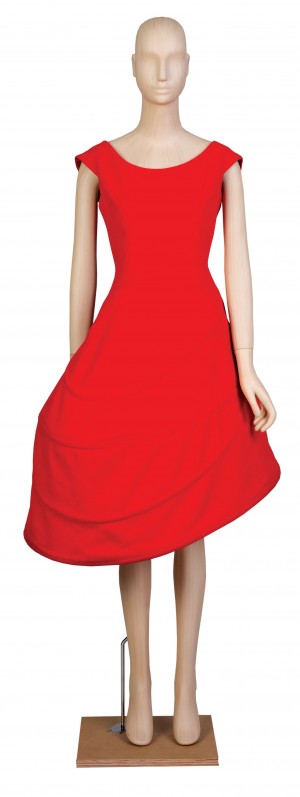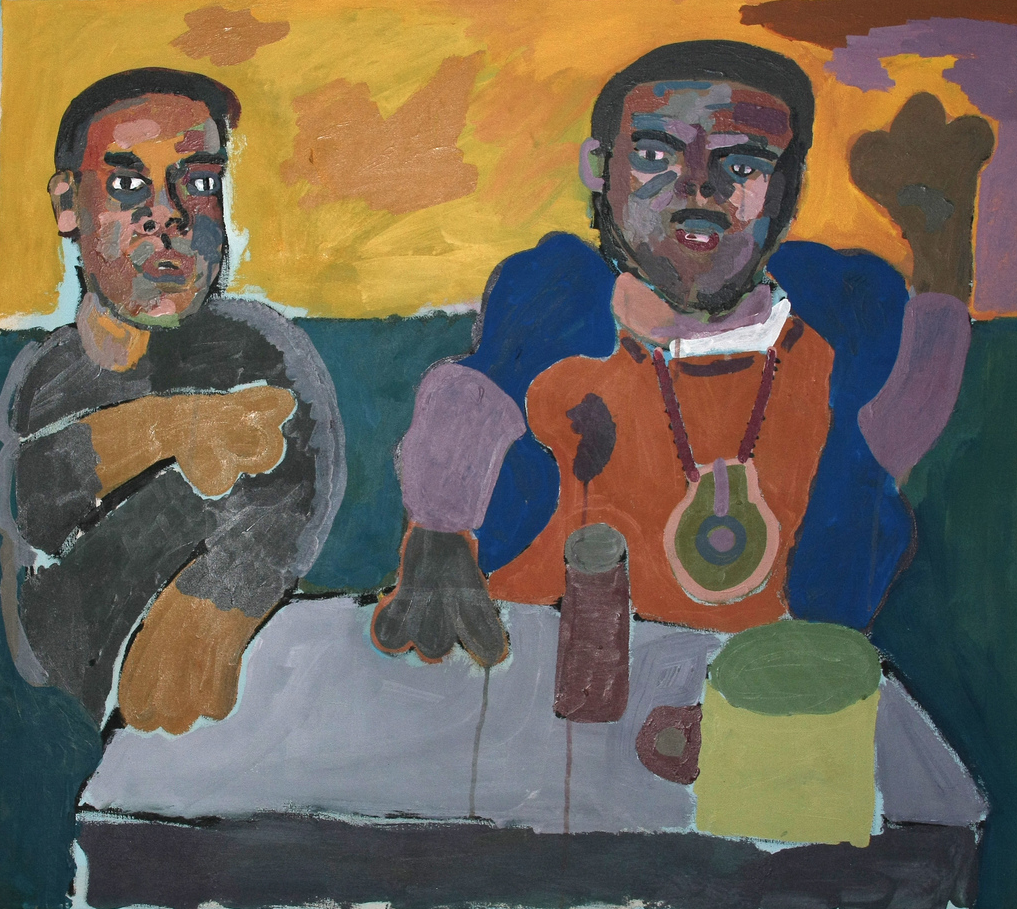“I am delighted with the latest museum-school collaboration in ‘Material Translations,’ and believe it is yet another example of the powerful relationship between the museum and the school,” Wainwright offered via email. “Over the last few years, we have seen more curators teaching in the school, more faculty lecturing in the museum, more shared projects and much greater dialogue. We are a museum school and this vitality has never been more apparent.”

Actual collaborative exhibitions between SAIC and the Art Institute are not frequent, but they do happen. Most recently, in September of last year, the Department of Art Education collaborated with the Department of Asian Art to present “Ekphrasis: A Public Response to Jitish Kallat’s Public Notice 3.” At the event held at the Chicago Cultural Center, youth associated with a local non-profit read and performed poetry and spoken word verses referencing Kallat’s September 11 piece that was installed on the front steps of the AIC. In 1998, for the exhibition “At Home in the Museum,” three artists not associated with SAIC were invited to parse through the European Decorative Art and Asian Arts collections of the Art Institute and find objects to create their own installations. Then, with faculty members Lisa Norton, Frances Whitehead and Lisa Wainwright (who taught art history and criticism before becoming Dean of Faculty) as curators, the work of the three artists was presented at SAIC’s Betty Rymer Gallery.
The materiality of the FRC’s collection of garments, however, makes it ideal for display at the museum. “Nationally and internationally, this collaboration between a school and the museum is unusual,” Carrara explained. “Our objective, then, was to show the best of our resources in Japanese avant-garde art.” Carrara and Bellios curated the exhibition with Janice Katz, the Roger L.Weston Associate Curator of Japanese Art. “I was invited to the FRC by Tony Jones and Gillion Carrara to view the collection and discuss an idea for an exhibition,” explained Katz. “I thought the quality and interest of the garments would make a wonderful display for the Ando gallery, allow us to collaborate with our SAIC colleagues, as well as bring something new to the Japanese art galleries at the museum.” The garments are complemented by Jan Tichy’s minimal video projection “Installation No. 16,” the light emanating from the projector gliding down the looming pillars of the distinct gallery.
The informational text displayed under every mannequin at “Material Translations” repeatedly cites the name of an individual donor. Such citation points to the FRC’s dependence on donations — especially considering the price of couture garments — as it is a small department at SAIC with a very limited budget. “I felt that the school had to help me to promote the Fashion Resource Center because this was an opportunity for national and international recognition,” Carrara explained. “Material Translations will hopefully attract further donations of avant-garde Japanese dress.”
The motivations behind acquiring more garments remain focused on developing a collection that will benefit the fashion students’ practices. “It’s so important for them to be able to turn a garment inside out and place it on a dress form,” Carrara said. The FRC is not interested in housing museum-quality garments because Carrara and Bellios don’t do preservation work and don’t have an exhibition policy. “We’re organized like a library, we’re organized like a museum collection of designer garments, but we’re neither,” she asserted. “This is a hands-on study collection.







